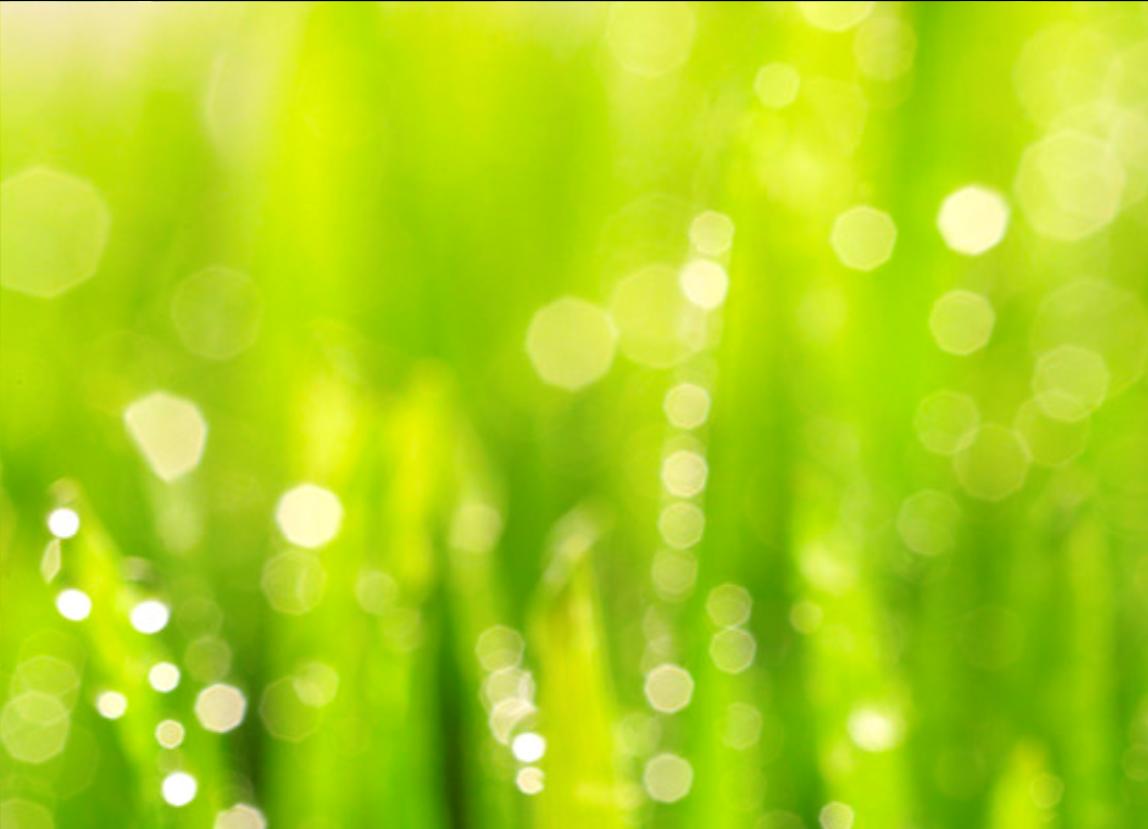

 |
Cape Cod SafeLawns & Landscapes |
|||||||||
|
|
||||||||||
Benefits of Organic Lawn CareThe National Academy of Science estimates that one in seven adults are made ill by exposure to lawn chemicals. Pediatricians are unanimous in their concern about childhood exposures to these same weed killers, insecticides, fungicides and fertilizers which have been shown to lead to a myriad of cancers, developmental disorders and health related issues. Benefit #1 - Organic lawn care doesn’t utilize toxic substances Lawn care chemicals have long been linked to reductions in populations of birds and beneficial insects such as bees, which are required to pollinate our food crops. Studies from Perdue University and elsewhere have linked lawn chemicals to cancers in our dogs and cats. Benefit #2 – Organic lawn care utilizes natural substances that are not harmful to animals. Benefit #3 – In organic lawn care, toxic pest controls are never necessary. Organic lawn care creates a sponge like atmosphere in the soil allowing the lawn to hold on to water and nutrients that make green grass possible. This is especially important during dry periods of little or no rain. Benefit #4 – Organic lawns can remain lush no matter what Mother Nature offers for moisture. Synthetic fertilizers are derived from fossil fuels with the equivalent of 3 gallons of gasoline required in the manufacturing of every 40lb bag of synthetic lawn fertilizer. Synthetic fertilizers also encourage rapid, uneven growth of grass which requires frequent mowing and watering. Benefit #5 – Organic lawn care can reduce the amount of fossil fuel consumption and air pollution by up to 75%. The average chemically fertilized lawn is mowed 26 times each year, with tens of thousands of gallons of water applied during the growing season. Benefit #6 – Organic lawns are mowed and watered, on average, only half as much. Lawns require more and more chemical fertilizer each year to maintain their appearance. Benefit #7 – Organic lawns save you money and time due to fewer requirements for mowing, watering and fertilizing. The Environmental Protection Agency (EPA) of the United States Government estimates that only 35% of the synthetic fertilizer that we apply to our lawns ever makes it to the grass. The other 65% runs off into our lakes, rivers, streams and oceans, or seeps into our wells and ground water, or volatizes into the air we breathe. Even worse, the EPA estimates that only 2% of weed killers, insecticides and fungicides used in chemical lawn care ever make it to the weeds, pests or diseases. That means that 98% of those poisons go somewhere else; into our bodies, our pets bodies, up into the air or into the ground water. 1.2 Billion pounds of pesticides are applied in the US every year. Over 1 billion pounds go to someplace other than the bugs. |
||||